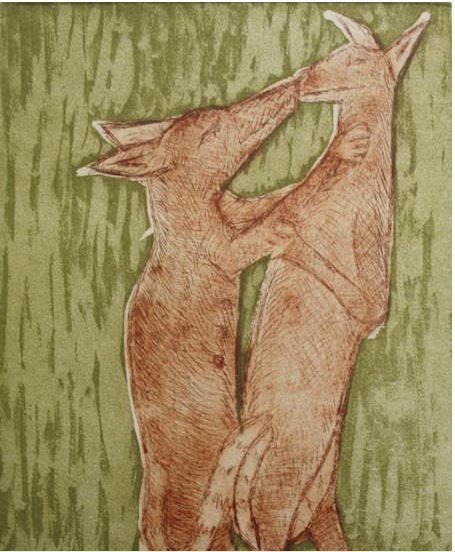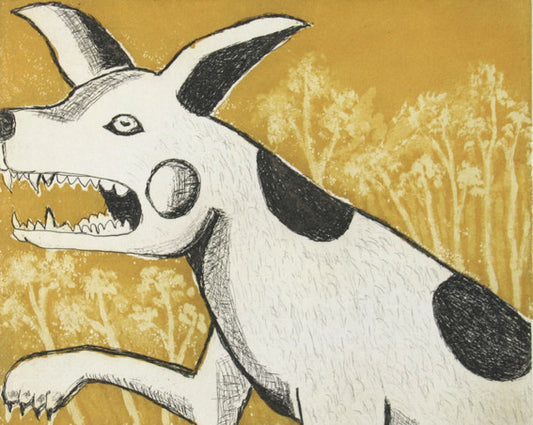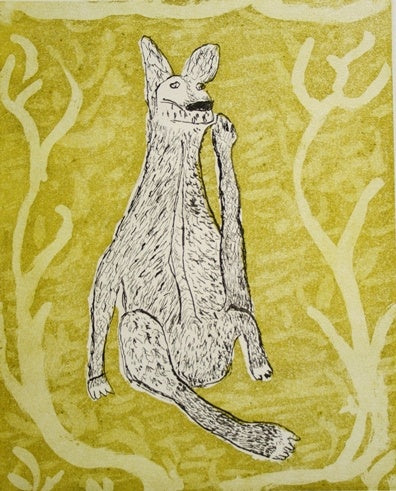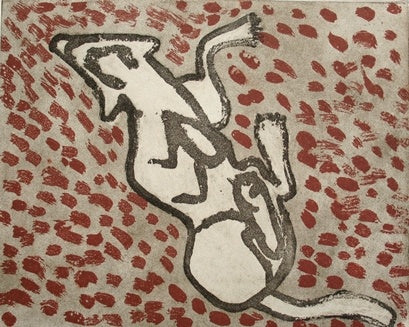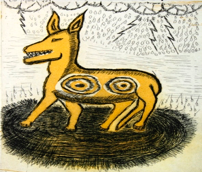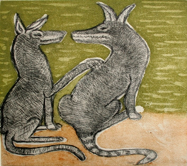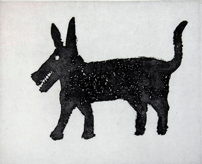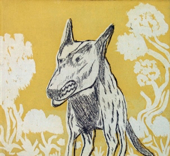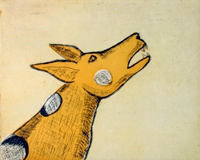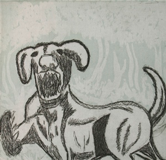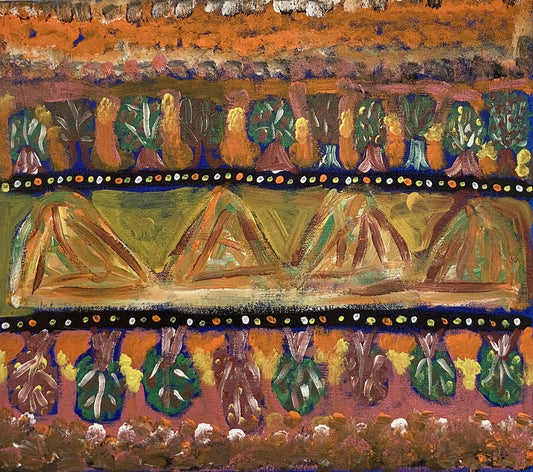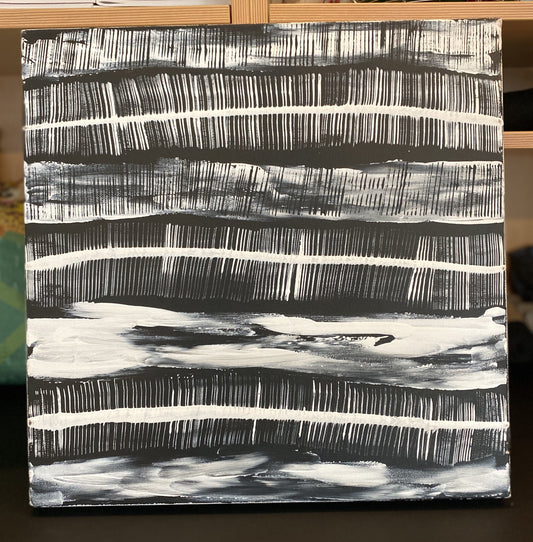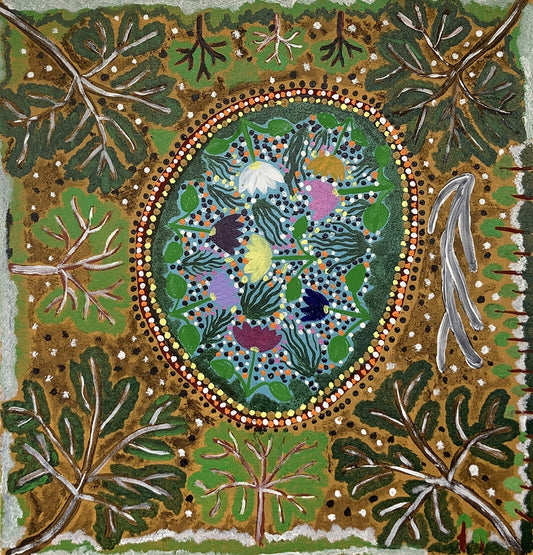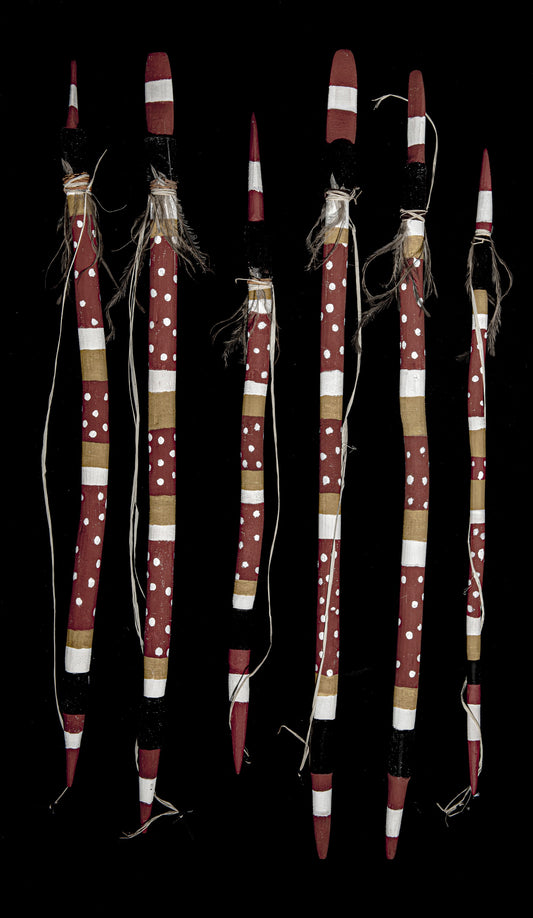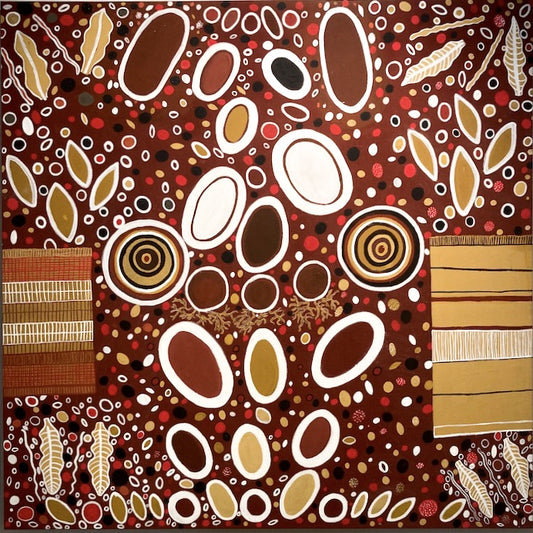-
BEVAN NANPONAN | '(Aurukun) 'Uu'thawan (kissing)' Etching
Regular price $485.00 AUDRegular priceUnit price per -
GARRY NAMPONAM | 'Ku-li (wild dog)' | Etching
Regular price $495.00 AUDRegular priceUnit price per -
RRODERICK YUNKAPORTA | 'Uukan (scratching)' | Etching
Regular price $495.00 AUDRegular priceUnit price per -
LEIGH NAMPONAN | 'Mangk uukan (back scratching)' | Etching | Fine art print
Regular price From $495.00 AUDRegular priceUnit price per -
BEVAN NAMPONAN | 'Kutcher (cold)' | Etching
Regular price $495.00 AUDRegular priceUnit price per -
BEVAN NAMPONAN | 'Thawantan (Talking to each other)' Etching
Regular price $495.00 AUDRegular priceUnit price per -
BEVAN NANPONAN | 'Ach-woolnyiinapu (I feel Good )' | Etching
Regular price $495.00 AUDRegular priceUnit price per -
LEIGH NAMPONAN | 'Thanan (Stand)' | Etching
Regular price $495.00 AUDRegular priceUnit price per -
RODERICK YUNKAPORTA | 'Thana (Standing)' Etching
Regular price $495.00 AUDRegular priceUnit price per -
GARY NAMPONAM | 'Peey-Peeyan (Howling)' | Etching
Regular price $495.00 AUDRegular priceUnit price per -
LEIGH NAMPONAN | 'Tek-aanan Growling ( Barking)' | Etching
Regular price $654.50 AUDRegular priceUnit price per -
JEAN WALMBENG | 'Jean's Mother's Country (Series 2/7)' | Painting
Regular price $743.00 AUDRegular priceUnit price per -
CRAIG KOOMEETA | 'Crippled Ghost' | Painting / Acrylic On Canvas
Regular price $750.00 AUDRegular priceUnit price per -
JEAN WALMBENG | 'Jean's Mother's Country (Series 6/7)' | Painting
Regular price $935.00 AUDRegular priceUnit price per -
HEATHER KOOWOOTHA | 'Yuk Yaumen - Digging Stick Installation' | Timber / feathers / acrylic paints / ochres
Regular price $5,200.00 AUDRegular priceUnit price per -
HEATHER KOOWOOTHA | 'My Po'al' | Acrylic paint / binder medium / ochres on linen
Regular price $7,000.00 AUDRegular priceUnit price per
Of the North, For the North
We work to support artists achieve their aspirations. Artists set their prices and we add a standard service and marketing commission - this supports our not-for-profit programs and allows us to continually turn over the highest-quality artistic products.
Most artworks are one-offs and completely original in the iconic style of that artist; with the exception of intaglio and relief prints, which the organisation is renowned for. Check out our selection of limited-edition fine art printmaking.
Over 95% of the artists we support are from North Queensland. We work with both independent artists and those represented by commercial dealers and art centres.

